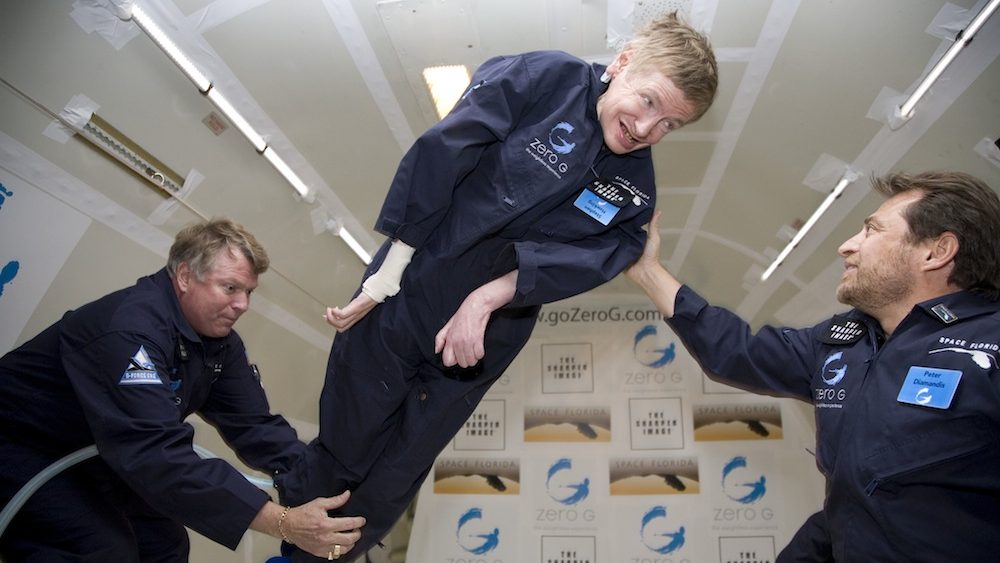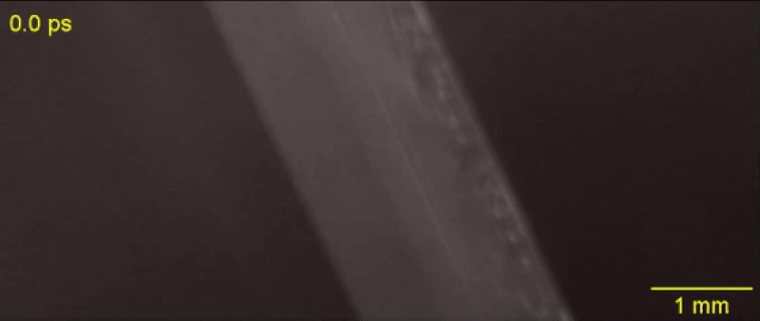The real, true history of teleportation

- People have been intirgued with teleportation for over a century.
- These days, our tech entitlement is making some of us impatient to start beaming ourselves all over the place.
- The Thotheen could do it, why not us?
People are fascinated with the idea of near-instantaneous travel, or teleportation. What could be sweeter than stepping onto a platform during a frigid winter day and stepping off it into Hawaiian sunshine? Sign us up right now. We’re not talking about quantum teleportation, mind you, which is something else. We’re talking about that fictional mode of transportation that zaps us from one place to another, a la Star Trek.
Star Trek dates from the 1960s, but, really, the idea has been around for a long time in one form or another.

Image source: CreateSpacePublishing
Matter transfer
- The very first mention of a teleportation-like device in fiction appears to have been in Edward Page Mitchell’sThe Man Without a Body, published in The Sun, a New York City daily, in 1877. Mitchell’s teleportation was actually referred to by another name, “matter transfer.” This was three years after H.G. Wells wrote anonymously about a “tachypomp,” a device designed to travel at “infinite speed” — not quite teleportation, but clearly en route to one as a concept.
Teleportation’s first use as a way to hop from one planet to another popped up in Fred T. Jane’s 1897 science-fiction parody, To Venus in Five Seconds. In the satire, two Venutian species, the humanoid Sutenraas and the Thotheen — interestingly described as a cross between an elephant and a horsefly — used matter transfer to zip around Venus and also make quick trips to our planet, where they beamed themselves between the Egyptian pyramids and Mexico. While Jane never describes the tech behind his matter transfers, it would presumably have been more science-y than Edgar Rice Burroughs’ means of getting to Mars: wishing.
The word “teleportation” first appeared in the writings of one Charles Fort, whose raison d’etré was unexplained phenomena. Teleportation could be involved, he suggested, in the way objects show up in surprising places and also might explain the sudden disappearances and reappearances of people via in alien abduction. (He was an early proponent of extraterrestrial visitation.) Fort also wrote about frogs raining down from the sky, spontaneous combustion, ball lightning, and so on.
“Mostly in this book I shall specialize upon indications that there exists a transportory force that I shall call ‘Teleportation.”‘ — Fort’s Lo!, 1931
Writers knew a catchy idea when they saw one, and teleportation went on to become a tried-and-true trope in movies:
- Buck Rogers — The classic 1933 serialized stories that didn’t intend to be campy.
- Willy Wonka & the Chocolate Factory — See young Mike Teavee transport over other characters’ heads and into a TV.
- The Fly — Sorry, your teleport’s not working so well: It turned you into an insect.
- Galaxy Quest — Teleportation is a terrifying, definitely iffy operation in this hilarious ode to sci-fi.
- Jumper — Great instant-travel effects in the thriller that proves Hayden Christensen can actually act. (Cough, Darth Vader.)
- “Logan’s Run” — Characters use teleportation for futuristic booty calls.
- X-Men — In X2 and X-Men:Last Stand, Alan Cumming’s Nightcrawler certainly gets around.
And on TV:
- Twilight Zone — A teleporting character is forced to consider whether instantaneous travel would benefit or harm humanity if revealed. Bad guys and warriors popping up out of nowhere would be a bad thing, right?
- Doctor Who — We want a teleportation bracelet made from Aquatar, but not the ones humans make. Aliens make the good ones.
- Charmed — People and demons, also Whitelighters, are popping in and out all the time in both generations of this show.
- Heroes — In this series, some characters can teleport and move through time, while others can only teleport. Losers.
- Fringe — I’m not crying, you’re crying. One of the series’ most moving episodes, “White Tulip” involves a scientist who teleports back and forth through time seeking forgiveness.
- Stargate SG-1 — What do you think happens when you go through a stargate?
- Star Trek — But of course.

Image source: ImageFlow/Shutterstock/Big Think
Why do we so badly wish teleportation was real?
It’s easy to understand why writers love teleportation. Moving characters around can be an arduous, pace-killing problem, especially when the plot demands that they traverse large distances. The poor teleportation-less spacetrotters of Star Wars have to pretty much drive from one end of the galaxy to another (usually via a time-saving screen wipe.)
But what about its appeal to the rest of us?
Some of it undoubtedly comes from our societal sense of tech entitlement as we see so many sci-fi tropes becoming real. Though not generally available, there are flying cars, jet packs, invisibility cloaks, and even 3D printers that produce food in a manner not so very different than replicators.
The most obvious “real” thing teleportation would offers us is effortless mobility, an experience of increasing rarity as air travel becomes more and more difficult for the average person, with cancellations, delays and experiences that seem designed more for the benefit of the airline than us. Slower modes of travel — cars, busses, trains — are typically cheaper, but take so much time. And as long as we’re using our imaginations here, maybe teleportation would be safer, too?
One genuinely cool use of teleportation would be making it easier — or even possible in the first place — for people with mobility issues to get from place to place.
Then there’s the exploration of remote locations, from uncharted places on Earth to distant planets we may otherwise never reach in a single generation, if at all.
Finally, maybe we can just let climate change ruin Earth and migrate via teleportation en mass. just in time, to some new world we can destroy. Hey, when science sees a dim future ahead, there’s alway sci-fi.





